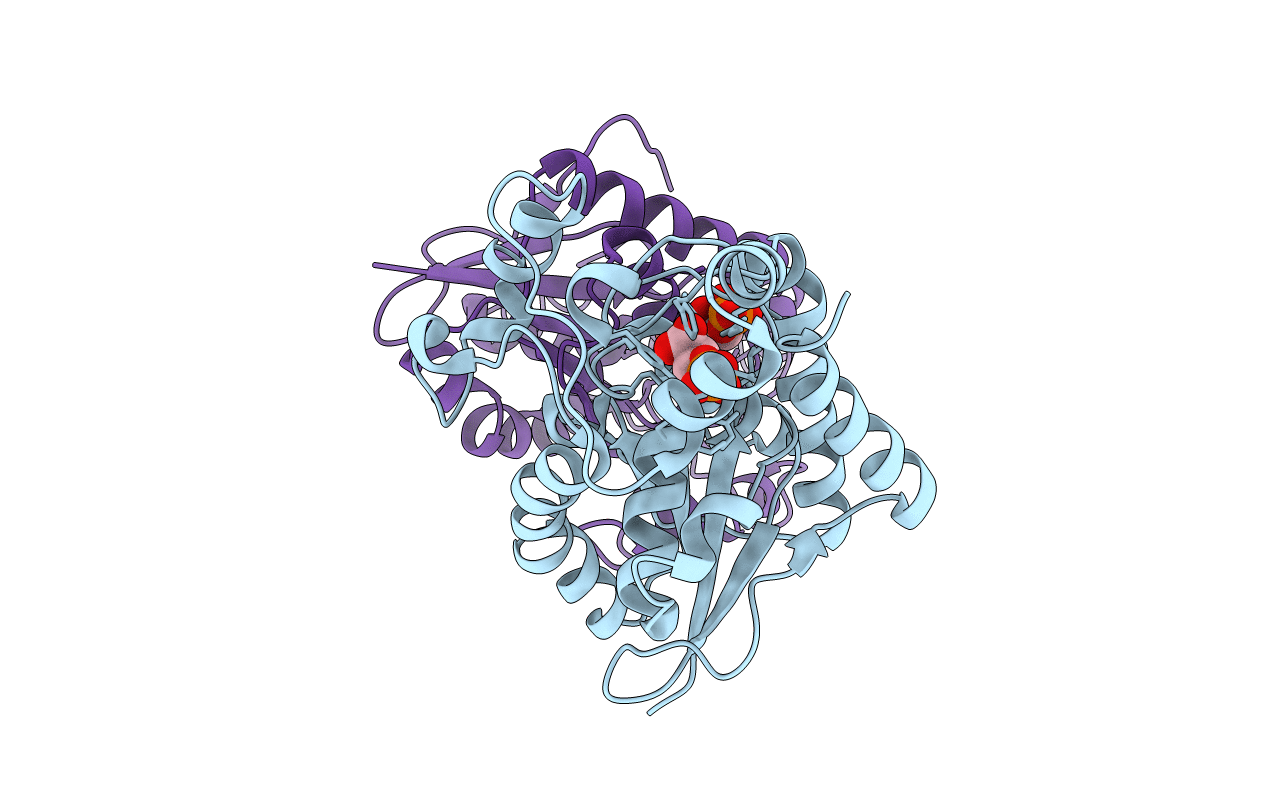
Deposition Date
2021-06-01
Release Date
2022-04-13
Last Version Date
2023-10-18
Entry Detail
PDB ID:
7N3R
Keywords:
Title:
The ternary complex of human Bisphosphoglycerate mutase with 3-phosphoglycerate and 2-phosphoglycolate
Biological Source:
Source Organism:
Homo sapiens (Taxon ID: 9606)
Host Organism:
Method Details:
Experimental Method:
Resolution:
2.25 Å
R-Value Free:
0.27
R-Value Work:
0.20
R-Value Observed:
0.20
Space Group:
P 21 21 21


